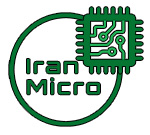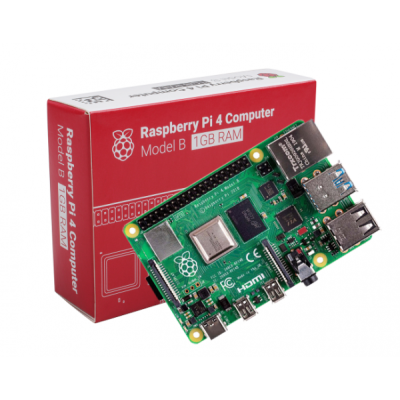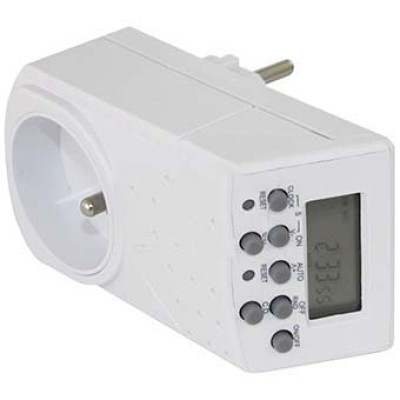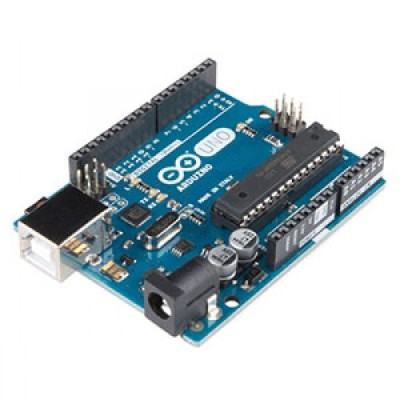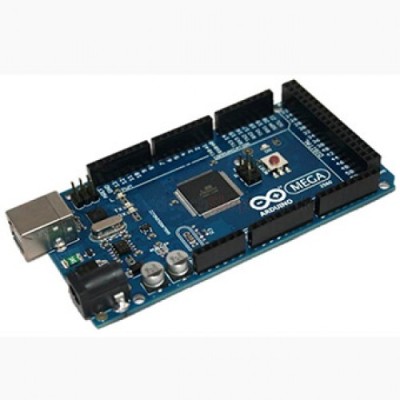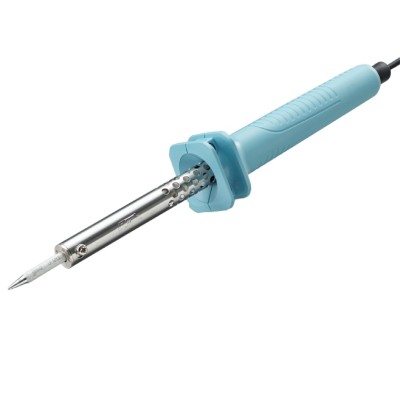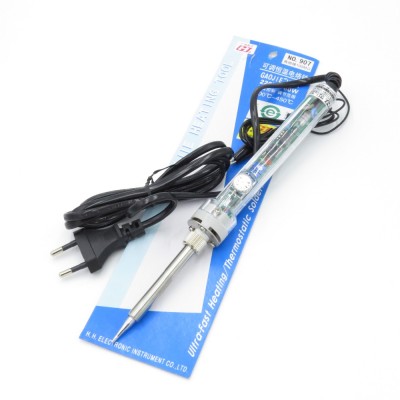Description:
On-board diagnostics (OBD) is an automotive term referring to a vehicle's
self-diagnostic and reporting capability. OBD systems give the vehicle owner or
repair technician access to the status of the various vehicle sub-systems. The
amount of diagnostic information available via OBD has varied widely since its
introduction in the early 1980s versions of on-board vehicle computers.
Early versions of OBD would simply illuminate a malfunction indicator light or
"idiot light" if a problem was detected but would not provide any information as
to the nature of the problem. Modern OBD implementations use a standardized
digital communications port to provide real-time data in addition to a
standardized series of diagnostic trouble codes, or DTCs, which allow a person
to rapidly identify and remedy malfunctions within the vehicle.
OBD-II is an improvement over OBD-I in both capability and standardization. The
OBD-II standard specifies the type of diagnostic connector and its pinout, the
electrical signaling protocols available, and the messaging format.
It also provides a candidate list of vehicle parameters to monitor along with
how to encode the data for each. There is a pin in the connector that provides
power for the scan tool from the vehicle battery, which eliminates the need to
connect a scan tool to a power source separately. However, some technicians
might still connect the scan tool to an auxiliary power source to protect data
in the unusual event that a vehicle experiences a loss of electrical power due
to a malfunction. Finally, the OBD-II standard provides an extensible list of
DTCs.
As a result of this standardization, a single device can query the on-board
computer(s) in any vehicle. This OBD-II came in two models OBD-IIA and OBD-IIB.
OBD-II standardization was prompted by emissions requirements, and though only
emission-related codes and data are required to be transmitted through it, most
manufacturers have made the OBD-II Data Link Connector the only one in the
vehicle through which all systems are diagnosed and programmed.
Specification:
1. Display current sensor data, including engine speed, calculated load value,
coolant temperature, fuel system status, vehicle speed, short-term fuel
correction, long-term fuel trim, intake manifold pressure, time advance, intake
air temperature, Airflow, absolute throttle position, oxygen sensor voltage /
short-term fuel trim, fuel system status, fuel pressure, etc.
2. Clear the fault code and turn off the MIL ("Check Engine" light).
3. Compatible Mobile Phone OS: Android
4. Processor: ELM327 V2.1.
5. Read the diagnostic trouble code, generic and manufacturer-specific, and
display its meaning (more than 3000 generic code definitions in the database).
6. Support software compatible with Windows, OSX, Palm, PDA, Linux, Android,
DOS, Windows smartphone.
7. Support OBD2 protocol (ISO15765-4 (may), ISO14230-4 (KWP2000), ISO9141-2).
Features:
Output interface: Bluetooth
Bluetooth password: 1234
Voltage: 12V
Current: 45mA
Size: 47mm x 32mm x 23m
ØĻŲ ØđŲØŠ ØŠŲŲØđ ØĻاŲØ§Û Ų ØŊŲ ŲØ§Û ECU اÛŲ ØŊÛاÚŊ Ų Ų ÚĐŲ اØģØŠ ØĻا ØŊØģØŠÚŊاŲ ØīŲ ا ØģاØēÚŊØ§Øą ŲØĻاØīØŊ
ØąØ§ØĻØ· Ų اØģÚĐŲØą ØŊÛاÚŊ ØĻŲŲØŠŲØŦÛ OBD2 ØŪŲØŊØąŲ - Ų ØŊŲ ELM327-Mini - V2.1
- تولید کننده: China - A
- دسته بندی ها:
- - اŲŲاØđ ŲūØąŲÚŊØąØ§Ų Øą Ø ØŊÛØĻاÚŊØą Ų ØŠØģØŠØą ŲØ·Øđا؊
- کد محصول: RG_110_01A004_000000_14461
- موجودی: 90
-
قیمت پایه : 2,240,000ØąÛاŲ
Ø§ØąØģاŲ ØąØ§ÛÚŊاŲ ØģŲØ§ØąØīا؊ ØĻاŲØ§Û 5 Ų ÛŲÛŲŲ ØŠŲŲ اŲ
ØŠØđØŊاØŊ ØĻاØēØŊÛØŊ: 3826
ŲūØąØģØī Ų ŲūاØģØŪ Ų ØīØŠØąÛاŲ
برچسب ها: ØąØ§ØĻØ· Ų اØģÚĐŲØą ØŊÛاÚŊ ØĻŲŲØŠŲØŦÛ OBD2 ØŪŲØŊØąŲ - Ų ØŊŲ ELM327-Mini, RG_110_000000_000000_14461, اŲŲاØđ ŲūØąŲÚŊØąØ§Ų Øą Ø ØŊÛØĻاÚŊØą Ų ØŠØģØŠØą ŲØ·Øđا؊
